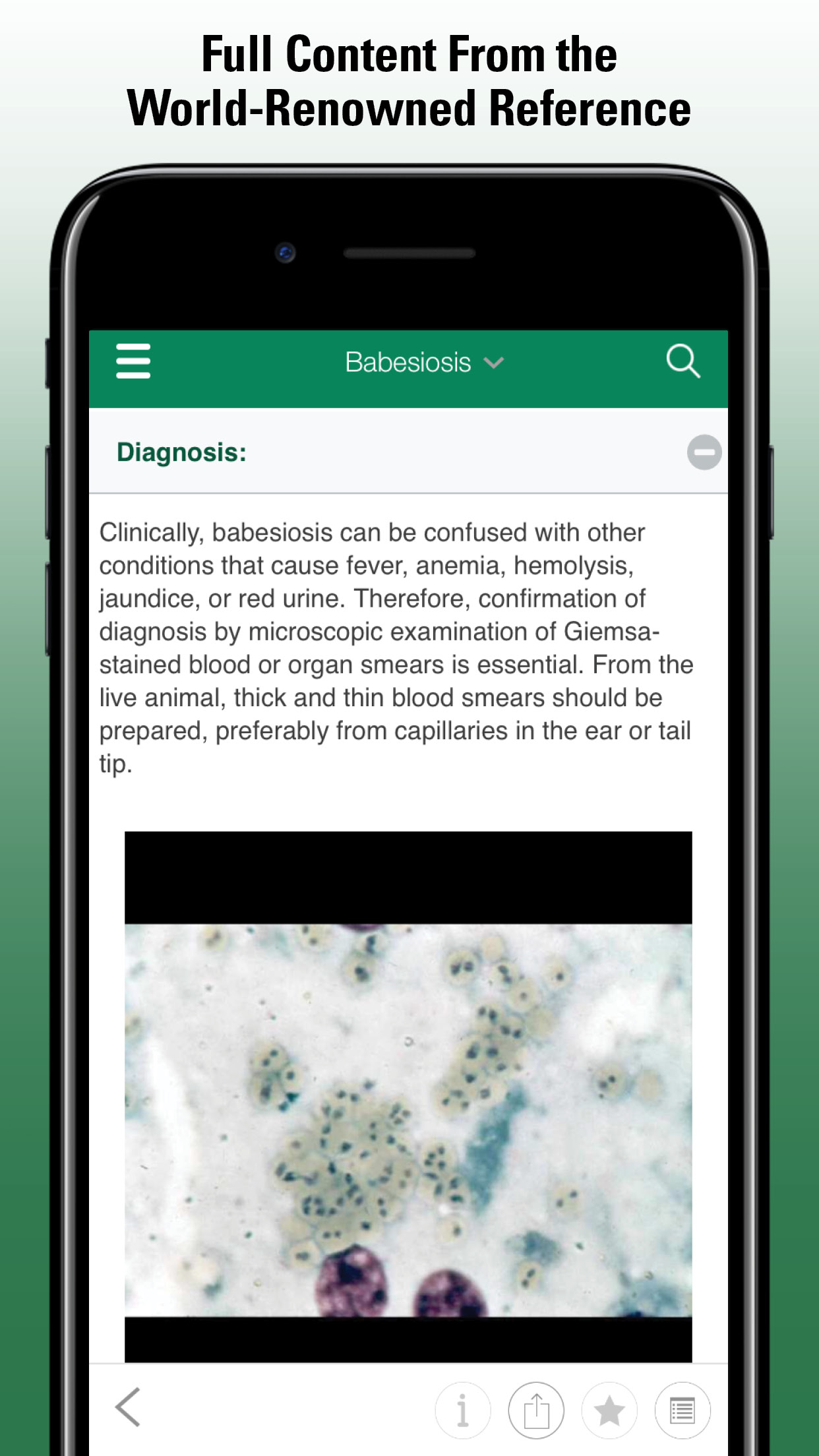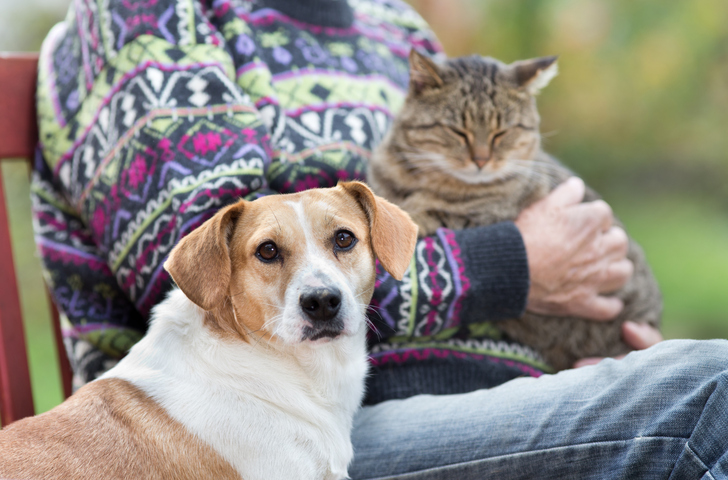Mice and Rats as Laboratory Animals
- Rodents
- Overview of Rodents
- Chinchillas
- Gerbils
- Guinea Pigs
- Hamsters
- Mice and Rats as Pets
- Mice and Rats as Laboratory Animals
Rodents used for research are maintained in tightly controlled environments designed to reduce the impact of unwanted variables in animal experiments. Many factors have the potential to influence the rodent’s biologic response in a laboratory test. Besides a description of the experiment, research journals often require a description of the research rodent's source, microbiologic status, and environment (eg, feed, water, temperature, humidity, light exposure) in the materials and methods section. Environmental conditions, husbandry procedures, and animals must be similar if research data generated from one laboratory is to be judged based on reproducibility and thus validation. If variables such as feed, housing, rodent genetic background and disease-free or microbiologic status are not properly controlled, then experimental results can be of limited use or even worthless. Although complete elimination of variables in animal experiments is not possible, many factors that contribute to variation can be significantly reduced or eliminated. One of the most important variables is the effect of infectious agents on research mice and rats.
Few infectious agents found in laboratory mice and rats today cause overt, clinical disease. Distinguishing between infection and disease is critical to interpreting the microbiologic status of laboratory animals. Infection indicates the presence of microorganisms, which may be pathogens, opportunists, or commensals, of which the last two are most numerous. Clinical disease does not need to be present for microorganisms to affect research. Animals that appear normal and healthy may be unsuitable as research subjects because of the unobservable but significant local or systemic effects of viruses, bacteria, and parasites with which they may be infected.
Knowledge of the varied and unwanted effects of natural pathogens in laboratory rodents has steadily increased over the past 130 years of conducting animal research. The historic struggle against pathogens of laboratory rodents is often divided into three periods. The first (1880–1950) was when mice and rats became common research animals. Many of these original stocks harbored a variety of natural, or indigenous, pathogens. During this period, improvements were made in sanitation, nutrition, environmental control, and other aspects of animal husbandry. The result was a great reduction in the range and prevalence of pathogens found in laboratory rodents. The second period (1950–1980) was one of gnotobiotic derivation, when cesarean rederivation was used to replace infected stock with uninfected offspring. Full-term fetuses were removed from an infected mother and transferred to a germ-free environment and foster care. This procedure was successful in eliminating many pathogens not transmissible in utero, eg, endoparasites, most bacteria, and some viruses. The third period (1980– present) has been one of eradicating indigenous rodent viruses. The reduction in known viruses infecting rodents was accomplished through serologic testing of animals for antibodies to specific pathogens. Antibody-positive colonies were subsequently eliminated or cesarean-rederived.
Most modern research animal facilities incorporate some form of health monitoring into their animal care program (see Table: Infectious Agents Commonly Tested for in Laboratory Rodents). Since the 1980s, it has been based on serology, although molecular methods of detection (eg, PCR) are rapidly increasing in use. The laboratories that perform serologic assays primarily test groups of research rodents or their samples. The well-being of the animal colony is more important than the well-being of an individual animal, and laboratory animal medicine is effectively a type of “herd medicine.” Although health monitoring is costly, it results in significant longterm savings, because researchers can use fewer animals and the animals' daily care is not as labor intensive. Health monitoring allows laboratory animal veterinarians to check the health status of a colony, inform researchers of their animals’ pathogen status, prevent entry of pathogens into the facility by screening animals received from unknown sources, and promptly deal with the presence of unexpected infectious agents in rodents. Undetected infection makes laboratory animals unfit for research and renders experimental data unreliable. It is more cost effective to prevent entry of infectious agents into a facility or to detect and eliminate them early than to discard months of research data.
Infectious Agents Commonly Tested for in Laboratory Rodents
- Rodents
- Overview of Rodents
- Chinchillas
- Gerbils
- Guinea Pigs
- Hamsters
- Mice and Rats as Pets
- Mice and Rats as Laboratory Animals




